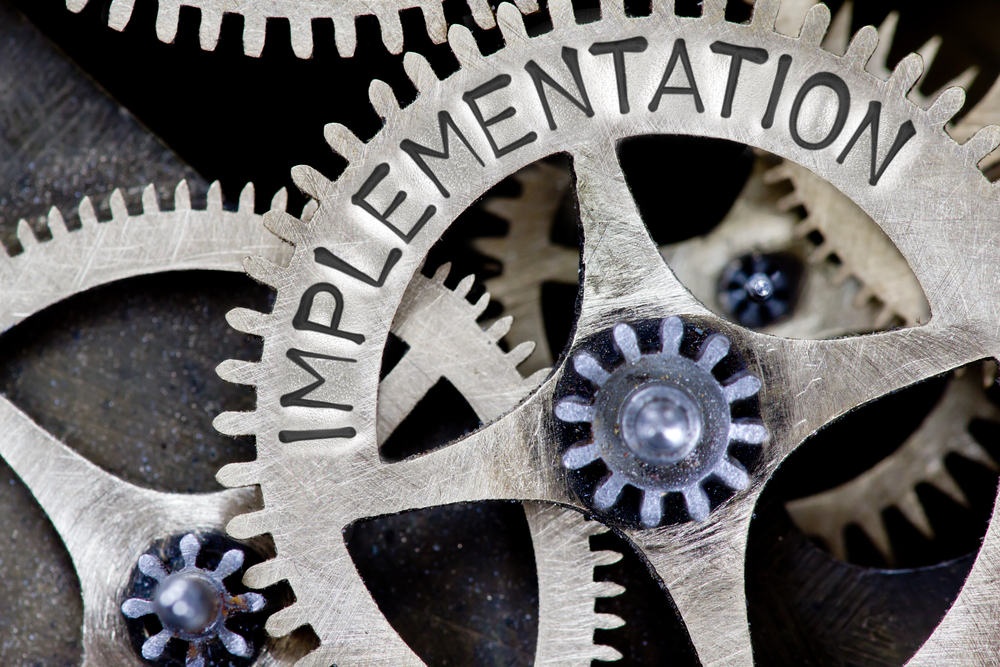Project Management in Banking
Leave a CommentProject Management in Banking and How to Implement It
In the dynamic world of banking, project management stands as a cornerstone for achieving strategic goals and operational excellence. The banking sector, characterized by its complexity and regulatory demands, requires meticulous planning, execution, and monitoring of projects to stay competitive and compliant. Project management provides that framework to navigate these challenges efficiently.
The Need
Enhancing Operational Efficiency
Banks operate under immense pressure to optimize their processes and reduce costs. Effective project management ensures that projects are executed within the stipulated timeframes and budgets, leading to significant enhancements in operational efficiencies. By utilizing proven methodologies, banks can streamline their processes, eliminate waste, and improve service delivery.
Regulatory Compliance
The banking industry is heavily regulated, with frequent updates to compliance requirements. Project management plays a critical role in ensuring that banks adhere to these regulations by systematically managing compliance projects. This includes the implementation of new regulatory requirements, regular audits, and updates to internal policies and procedures.
Risk Management
Risk Management is integral to the banking sector. Project management methodologies offer structured approaches to identify, assess, and mitigate risks. Through thorough risk analysis and management plans, banks can foresee potential issues and implement strategies to minimize their impact, ensuring the stability and security of their operations.
Strategic Alignment
Project management ensures that all projects are aligned with the bank’s strategic objectives. By maintaining a clear focus on the bank’s goals, project managers can prioritize projects that drive the most value and support long-term success. This alignment fosters cohesion and ensures that resources are allocated efficiently.
Customer Satisfaction
In an industry where customer experience is paramount, project management helps banks deliver superior services. By managing projects that focus on customer-centric improvements, such as digital banking solutions and personalized services, banks can enhance customer satisfaction and loyalty.
Ease of Implementation
Establishing a Project Management Office (PMO)
The first step in implementing project management within a bank is to establish a Project Management Office (PMO). The PMO acts as a centralized body that defines and maintains project management standards across the organization. It provides governance, oversight, and support to ensure that all projects align with the bank’s strategic objectives. While the PMO is a formal and centralized body we often recommend that a bank start small and grow the PMO as the bank grows.
Standardized Methodology
Choosing and adopting a standardized project management methodology, such as Agile or PMI’s PMBOK, provides a structured approach to managing projects. This standardization ensures consistency and provides a common language for project stakeholders, facilitating better communication and collaboration. The PMO, mentioned above, will be critical in establishing this methodology.
Training and Development
Investing in training and development for project managers and team members is crucial. Comprehensive training projects should cover project management leading practices, tools, and techniques. Continuous professional development helps build a skilled workforce capable of handling complex project efficiently and effectively.
Project Management Tools
Leveraging technology is vital for effective project management. Implementing project management tools such as Microsoft Project, Jira, or Smartsheet can enhance project planning, tracking, and reporting. These tools provide real-time insights into project progress, resource allocation, and potential bottlenecks.
The Project Management Culture
Creating a culture that values and supports project management is essential for its successful implementation. This involves promoting the importance of project management across all levels of the bank, encouraging collaboration, and recognizing the contributions of project teams. A culture that embraces project management will drive better performance and outcomes.
Conclusion
Project management is indispensable for banks aiming to thrive in a competitive and regulated environment. By enhancing operational efficiency, ensuring regulatory compliance, managing risks, aligning with strategic goals, and improving customer satisfaction, project management provides a comprehensive framework for success. Implementing project management involves establishing a PMO, adopting a standardized methodology, investing in training and tools, and fostering a supportive culture. Through these steps, banks can harness the full potential of project management to achieve their objectives and deliver exceptional value to their stakeholders.







